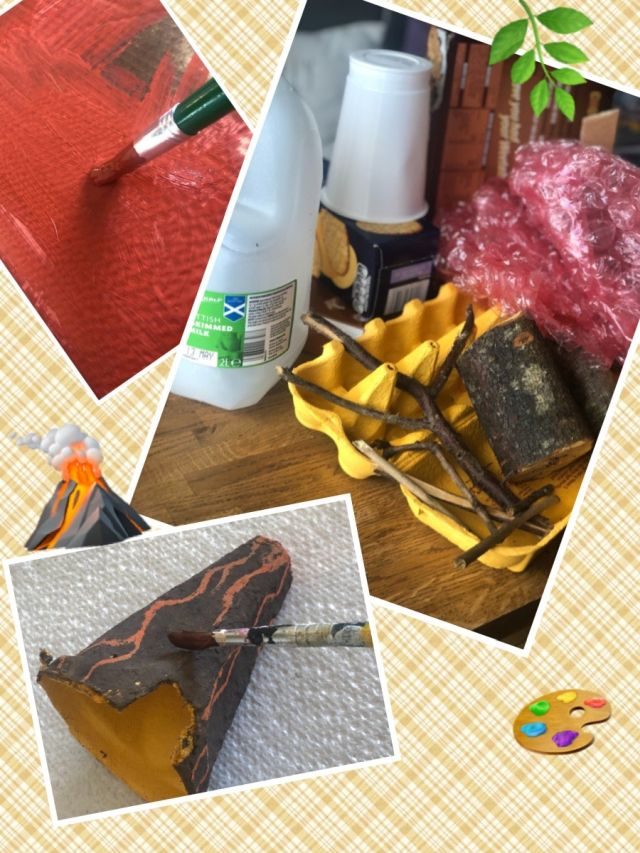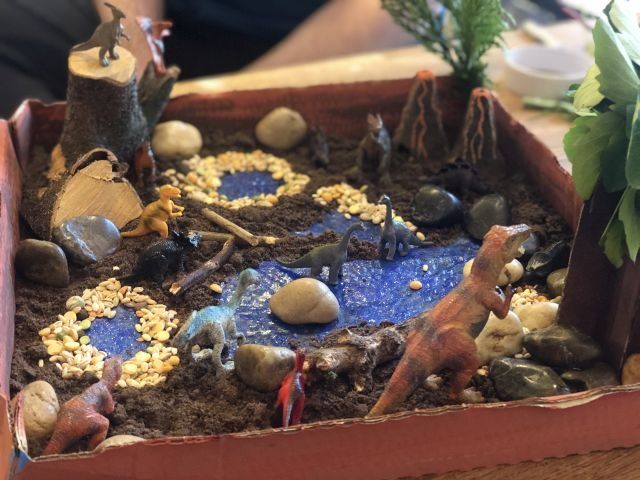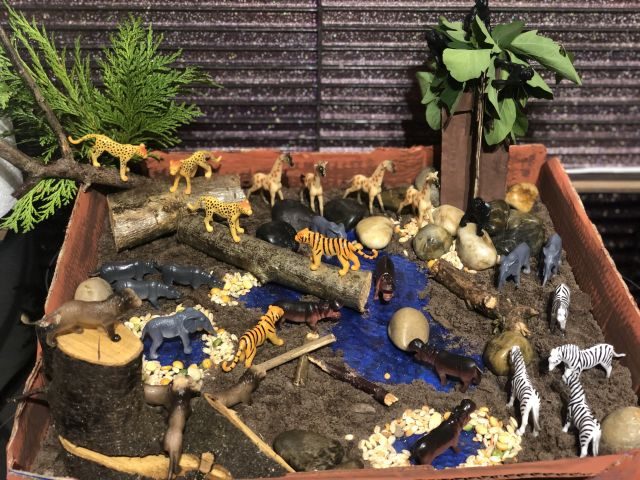Where children can allow their imagination to run wild and create an imaginary world out of any everyday objects lying inside the house – like buttons, corks, scarfs, lentils, pasta, cotton wool, boxes and plastic containers from the recycling. What about collecting things from outdoors too – from the garden or when out on a walk like twigs and stones to help you to create wonderful small worlds for your favourite toys to explore!
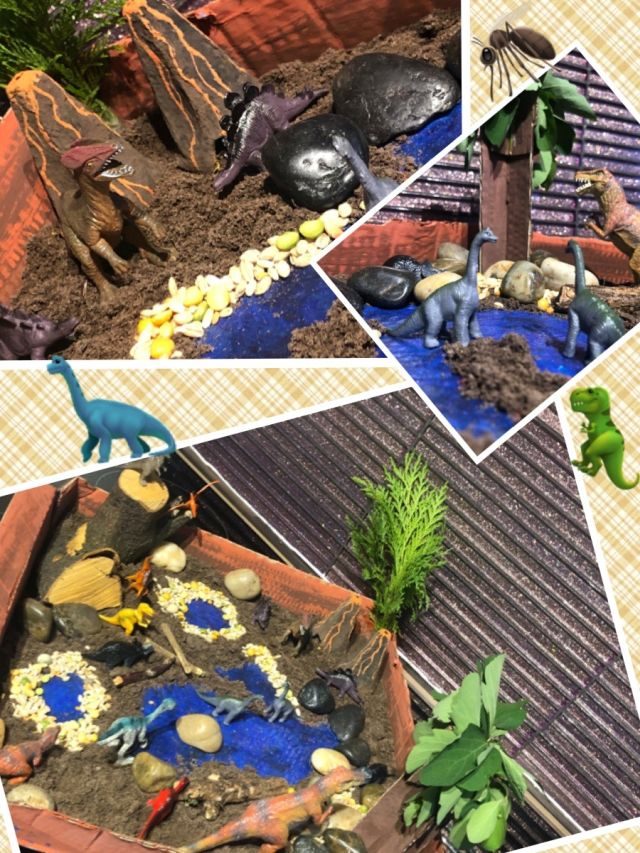 Small world play is when children use figures and resources in miniature to build stories and play imaginatively. Your small world play could represent a real-life place, like a farm, or it might be a completely imaginary world. The key is that they’re often an outlet for imaginative or pretend play, where children can do everything from acting out routines or recalling past events, to creating their own unique stories.
Small world play is when children use figures and resources in miniature to build stories and play imaginatively. Your small world play could represent a real-life place, like a farm, or it might be a completely imaginary world. The key is that they’re often an outlet for imaginative or pretend play, where children can do everything from acting out routines or recalling past events, to creating their own unique stories.
Mrs Cramb decided to create a small world by recycling a pizza box as a base: painting it and adding some small stones, branches, twigs, leaves and lentils. She then added some dinosaurs to create a Jurassic world!
Her small world was a great place for her wild animals too.
Creating small worlds helps development of imagination, language & curiosity – what do the animals eat? what environment do they live in? what do they look like?
What skills are being learned through small world play?
- It helps children to explore and understand the world around them.
- It’s a safe place to explore ideas and develop their imagination.
- More pretend play in childhood has even been linked to successful adult creatives.
- Children can build self-confidence by exploring their own ideas.
- It promotes narrative in play, helping children to become storytellers.
- It’s often cooperative and teaches children social skills.
- It’s great for fine motor control.
- Children can explore their understanding of space and size.
- They build an awareness of other people’s emotions by exploring a world in someone else’s shoes.
- They can also explore their own emotions through the container of a character they’ve made up.
- They can explore cause and effect.
- It provides opportunities for problem-solving.
- It aids language development, by getting children talking descriptively, and exploring a wider vocabulary.
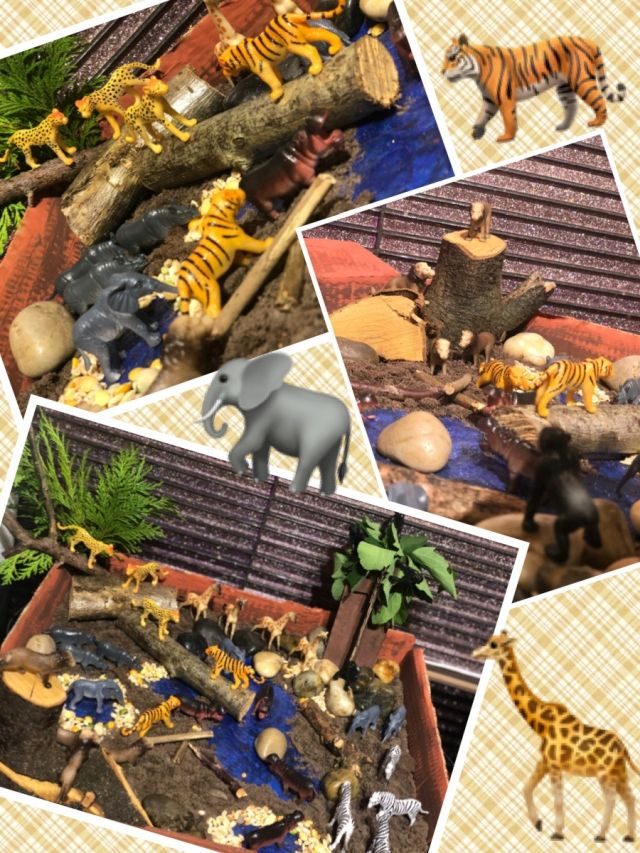 There are so many benefits to creating and exploring small worlds – so why not join in and allow your child to take the lead, while you support them in creating a wonderful world to explore.
There are so many benefits to creating and exploring small worlds – so why not join in and allow your child to take the lead, while you support them in creating a wonderful world to explore.
Remember to share your creations with us on Twitter @GlenwoodFC #Glenwoodlearningathome

